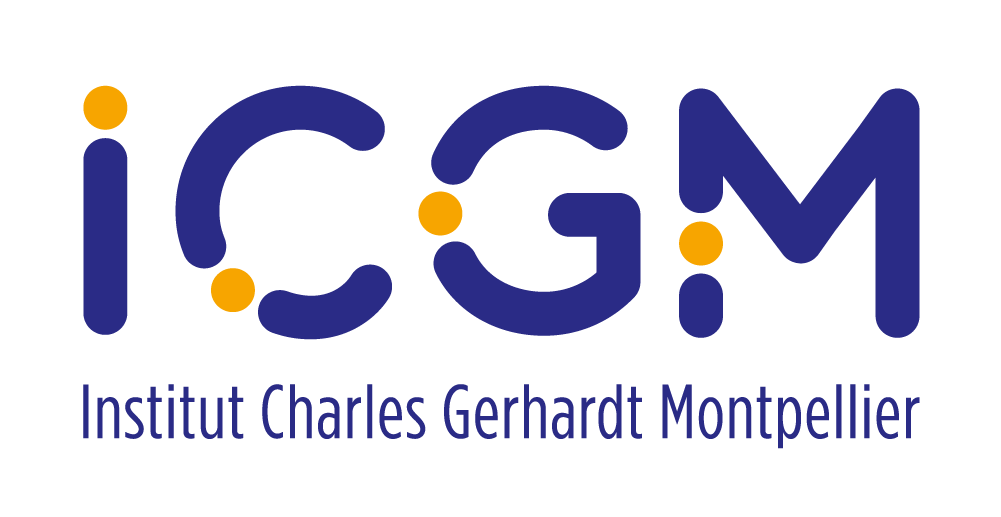Efficient PFAS Removal Using Reusable and Non‐Toxic 3D Printed Porous Trianglamine Hydrogels
Résumé
Per‐ and polyfluoroalkyl substances (PFAS) are now a paramount concern in water remediation. Nowadays, urgent action is required for the development of advanced technologies aimed at capturing PFAS and mitigating their impact. To offer a solution, a functional 3D printed hydrogel tailored is designed to trap a broad spectrum of PFAS contaminants. The hydrogel is made of a photo‐crosslinked dimethacrylate‐ureido‐trianglamine ( DMU‐Δ ) and Pluronic P123 dimethacrylate ( PDM ) fabricated by stereolithography (SLA). With the aid of 3D‐printing, porous and nonporous hydrogels ( 3D‐PSHΔ, 3D‐SHΔ ) as well as quaternized hydrogels ( 3D‐PSHΔQ + ) are prepared. These tailored hydrogels, show high uptake capacities and fast removal kinetics for PFAS from aqueous sources. The PFAS removal efficiency of these hydrogels are then compared to P123 hydrogels with no trianglamine ( 3D‐SH ). The 3D‐SH hydrogel shows no affinity to PFAS, proving that the sorption is due to the interaction between the trianglamine ( Δ) and PFAS. Metadynamic simulations also confirmed this interaction. The porous matrices showed the fastest and highest uptake capacity. 3D‐PSHΔ is able to capture ≈ 91% of PFAS within 5 h using initial concentrations of 5 and 0.5 ppm in both deionized and river water. The sorption of PFAS is further enhanced by introducing permanent positive charges to the structure of the porous hydrogels, resulting in even faster sorption kinetics for both long and short PFAS chains with diverse polar heads. Besides the remarkable efficiency in capturing PFAS, these designed hydrogels are non‐toxic and have outstanding chemical and thermal stability, making them a brilliant candidate for mass use in the combat against PFAS pollution.
| Origine | Fichiers éditeurs autorisés sur une archive ouverte |
|---|---|
| licence |




